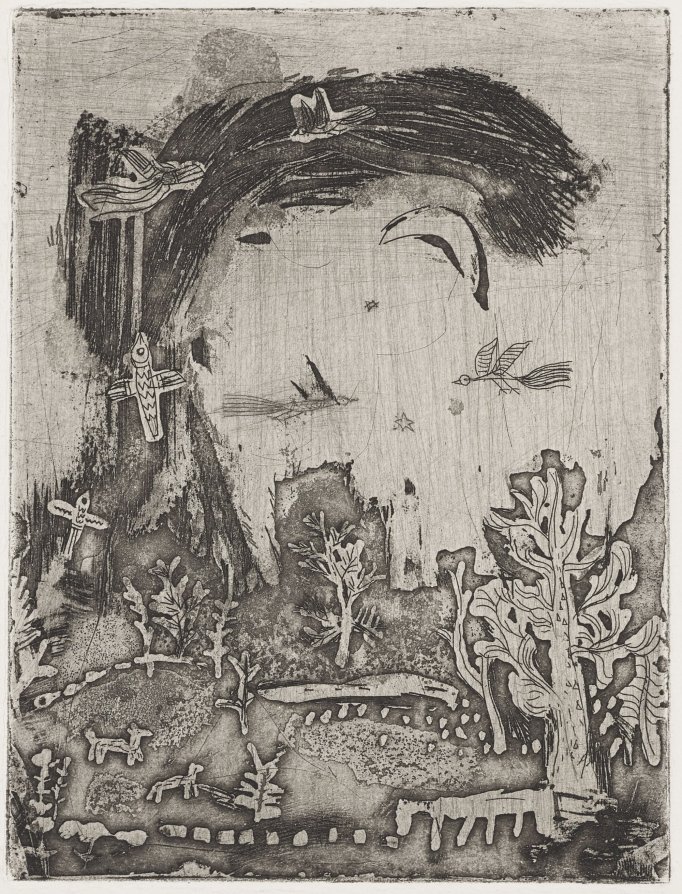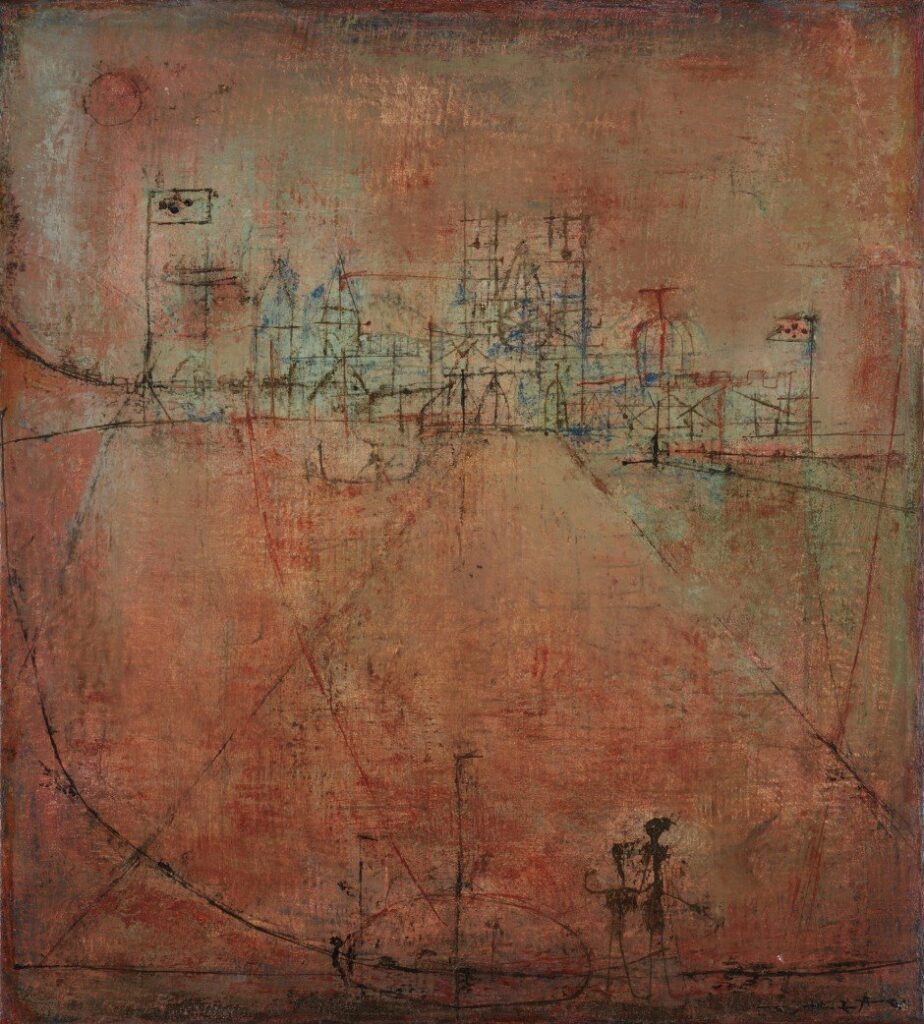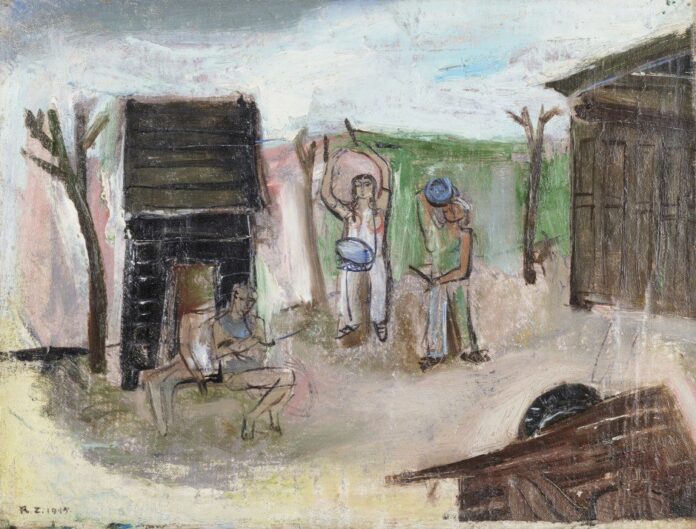The newly opened M+ Museum in Hong Kong announced the donation of works of art by prominent Chinese artist Zao Wu-Ki, who died in 2013 at the age of 93. The group was donated by the stepdaughter of the artist Xing-Mei, Roy Zao.
The 12 artworks, most of which are on paper, represent a little-studied period in the Chinese artist Zao’s prolific career when he moved away from his great gesture paintings in favor of prints, the museum said. The gift also consists of early figurative paintings from the late 1940s and early 1950s, when the Chinese artist lived in Paris among artists such as Joan Miro and Alberto Giacometti.
“Few artists have achieved recognition for Zao Wou-Ki. The innovative modernist master rose to prominence in the Parisian art world by fusing his Chinese aesthetic heritage with European artistic mediums,” the museum wrote on Instagram.
Zao is one of the greatest talents in recent Asian art history. His paintings can be sold at auctions for $65 million. His paintings have become difficult to acquire for the public collection because they are very expensive. They were highly acclaimed because Zao was able to mix styles drawn from European modernism and Hong Kong visual culture.

Roy’s gift includes nine engravings dating from 1950 to 2000. Speaking to the South China Morning Post, Leslie Ma, curator of the M+ ink art museum, described the process of making prints as a great playground for Zao.
She added: “You can see how he tried to combine aspects of the calligraphy tradition and the ink landscape. It was an interesting primary tool for him.” The first of the oil paintings, “Open Air Theater” (1945), is one of Zao’s first forays into figurative art.

And the second painting, “Piazza Siena” (1951), was painted only a few years later, but already bears the influence of Parisian emigrants, in particular Paul Klee, whose work had a strong influence on Zao.
Zao left Paris in 1958 after a painful separation from his first wife Xie Ching-Lan. He then briefly returned to Hong Kong, where he met his second wife, actress Chan Mai Kang, who died in 1972. They returned to Paris with May’s daughter, Xing-Mei, and settled in a house near Alberto Giacometti’s workshop.
“While the influence of Paris is undeniable in my entire art education, I also want to say that I gradually rediscovered China,” Zao once told Christie’s. “Paradoxically, perhaps it is to Paris that I owe this return to my deepest roots.”

























